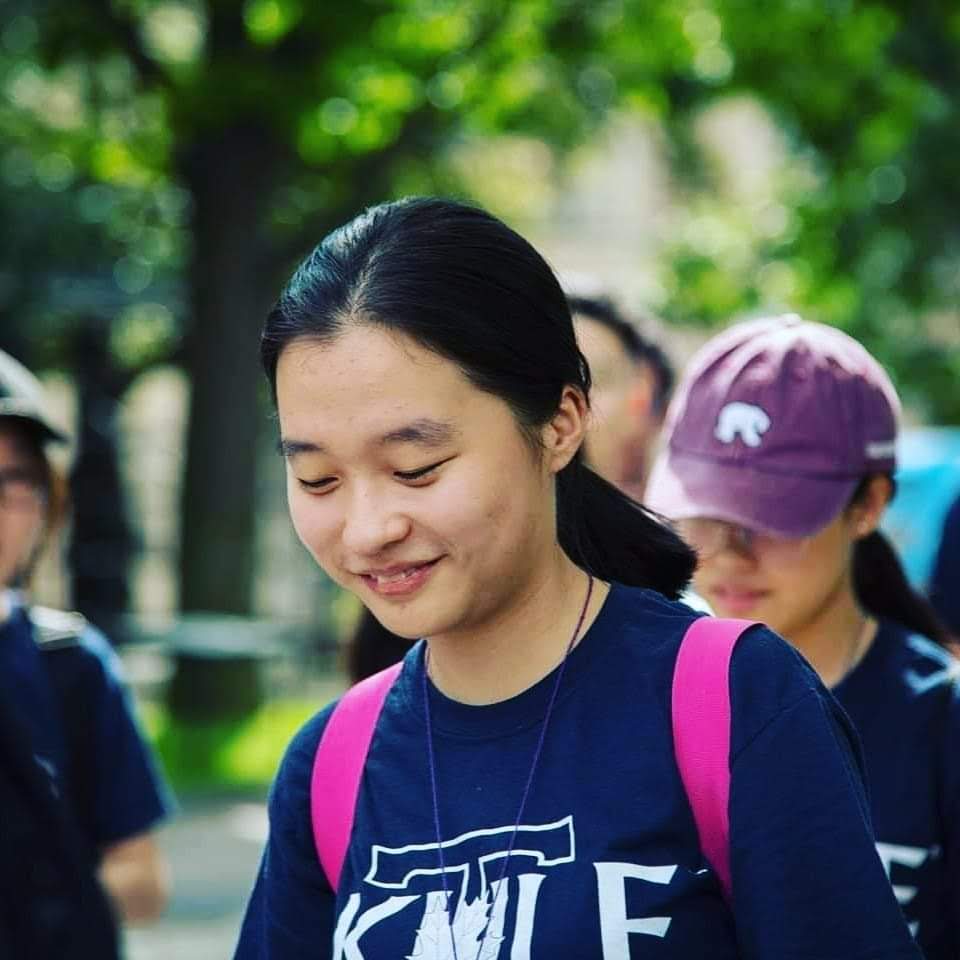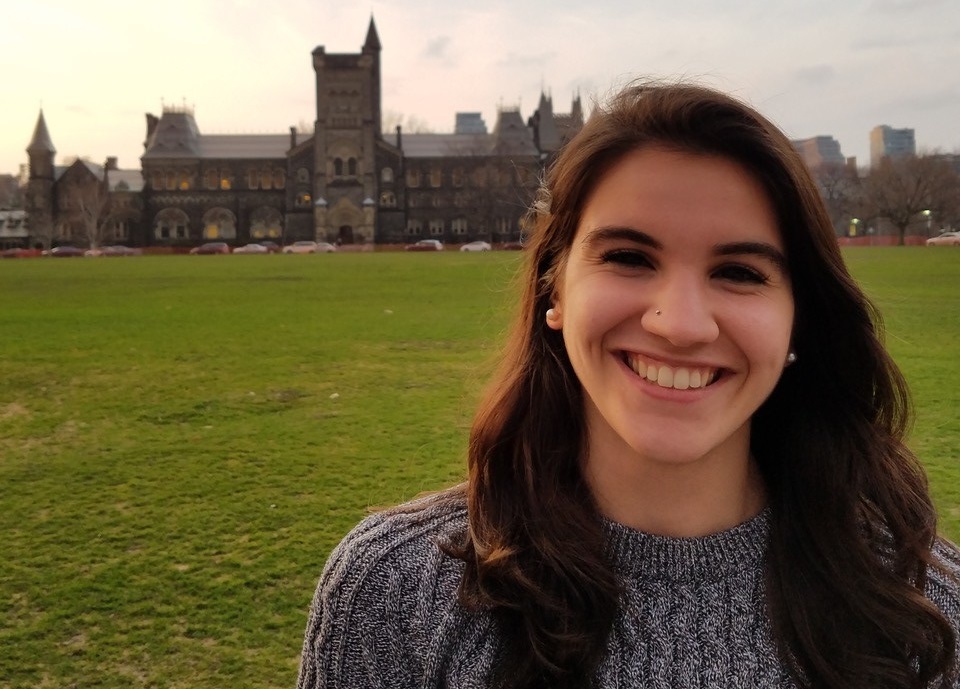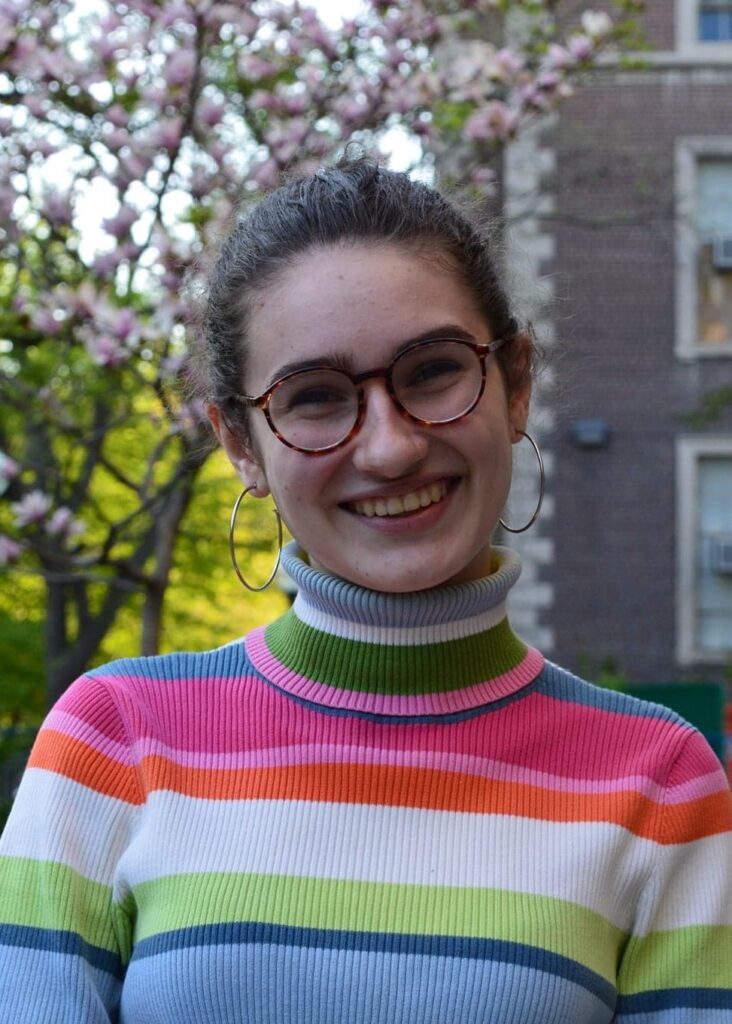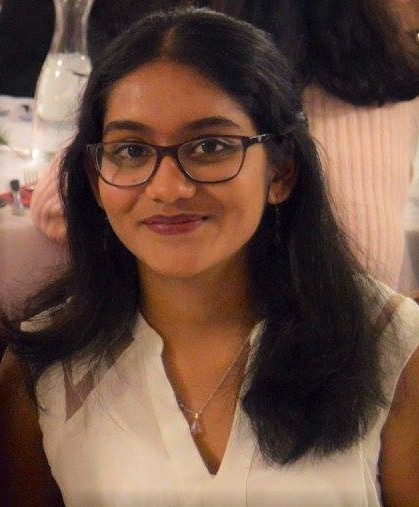
Zizhao (Zoe) Chen
Zoe joined SOCAAR in April 2019 when she finished her first year in Chemical Engineering. Her summer project was analyzing the oxidative potential (OP) of house dust samples collected from children’s home across Canada. The project utilized DTT and AA assay to measure OP, where samples were exposed to antioxidants/surrogates, whose rates of depletion were measured by spectrophotometry. OP is believed to be a more health-relevant measure of particle toxicity. The summer project found that compared to Canadian ambient air, house dust particles had much lower OP, indicating their low redox toxicity. Besides, Zoe investigated how modifying the assay protocol, such as increasing analysis concentration or extending reaction time, affected the OP measurement.

Sabrina Cupryk
Sabrina joined the SOCAAR team in the summer of 2019, after completing her third year in Chemical Engineering. Her project focused on the oxidative potential of brake dust from vehicles. Particles emitted from non-exhaust sources are of concern as they have the ability to cause oxidative stress: the particles deplete antioxidants in lungs which can lead to cancer and other diseases. The oxidative potential was calculated by measuring the depletion of two antioxidants, ascorbic acid and glutathione, using a spectrophotometer. The project helped determine the toxicity of particles from brake dust, and identified factors affecting oxidative potential, such as the dust’s metal composition and the location of the vehicle’s brake.

Emily MacDonald-Roach
Emily joined the SOCAAR team in April 2019, after completing her second year in chemical engineering. Her main focus was on the mobilization of air quality research, and creating educational tools to help communicate issues with traffic related air pollution to the public. These tools included a lesson on basic air quality concepts, a teaching exercise using data collected using AirSENCE sensors, and a video for the Teaching City project with the City of Oshawa. Emily also assisted with the validation of a Wavetronix traffic sensor, and assisted with data collection on a study investigating the relationship between traffic lights and vehicle emissions at the St. George and College Street intersection.

Nishitha Shashidhar
Nishitha joined the SOCAAR team as a summer researcher focusing on engineering education in 2018 and continued to work with SOCAAR in the summer of 2019 on traffic related air pollution research. She is a chemical engineering undergraduate student at the university. In the summer of 2019, she helped create material to better communicate the Near – Road Air Pollution Report developed by SOCAAR and the government to a larger audience. She did this by creating a visual report summary in the form on an info-graphic and short video. Moreover, Nishitha helped develop a study to better understand the relationship between traffic lights and vehicle emissions at the St. George and College Street intersection. The variability of pollutant concentrations within an intersection and the impact of wind direction and diesel vehicles was noted by the study. She also helped validate a traffic sensor (Wavetronix) which counts vehicles and categorizes their size. Nishitha’s main contribution was helping create media to improve science communication of traffic related air pollution to the public.
